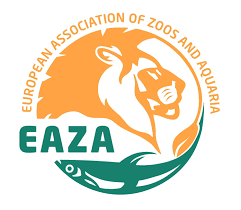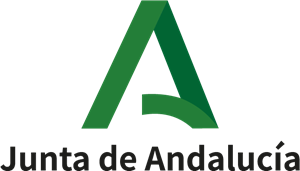
Since 2016, together with Parc naturel régional de Corse (PNRC), we have been releasing young captive-bred Bearded Vultures in Corsica as part of a restocking initiative. This initiative attempts to increase the population, boost genetic diversity and eventually promote the reoccupation of vacant territories.
For the fourth time since the start of the restocking actions, the captive breeding team of the Vulture Conservation Foundation (VCF) visited the Mediterranean island to release birds alongside our partners, this time within our new LIFE GYPRESCUE project.
Hatching in captivity for conservation purposes
The two young Bearded Vultures allocated to the Corsican restocking initiative hatched within the Bearded Vulture Captive Breeding Network (Bearded Vulture EEP), coordinated by the Vulture Conservation Foundation (VCF) on behalf of EAZA‘s EEP for conservation purposes. One of the chicks, the female BG1144, comes from Korkeasaari Zoo in Helsinki. She left Helsinki on 2 June 2022 and arrived at Barcelona airport on 3 June. Our very own Bearded Vulture Captive Breeding Assistant, Carmen Calero, collected the bird from there and transferred her to our Bearded Vulture Specialised Breeding Unit, situated at Generalitat de Catalunya‘s Centre de Fauna de Vallcalent. The male, BG1146, hatched at the Bearded Vulture Captive Breeding Centre of Guadalentín, located in Jaén. Guadalentín, currently managed by the VCF following an agreement with the Junta de Andalucía, contributed 61% of the chicks produced within the Bearded Vulture EEP this season, with eight young hatching in this centre. The male chick also arrived at Vallcalent on the same day as the female. Before starting their travel to their new home in Corsica, the VCF’s captive breeding team equipped both birds with unique identification rings and bleached a unique set of their feathers to help monitor them in the wild.
Bearded Vultures travelling to their new home


On Sunday, 5 June, Carmen, alongside the two chicks, started the 22-hour-long trip from Lleida to Corsica. They spent nearly two hours driving to Toulon Port, two more hours waiting to board the ferry, 11 hours on the ferry, and more hours driving to Village de Tortues, where they could rest until the next day. Both chicks, still in their transport boxes, ate a lot! The next day on 7 June, Carmen and the chicks went to Camping U Monte Cintu, where the LIFE GypRescue team presented the birds to local politicians, media and the public. Children from a local school selected the names of the two vultures and announced them during the event – Sulana and Pasturellu. After that, they headed to the hacking cave in Niolo Valley, driving half an hour through mountain roads and walking one more hour before finally arriving at the cave! There, Carmen helped Thierry David to fit the GPS transmitters on both chicks, which was the last step before releasing them into the cave, where they would spend the next few weeks until fledging. “It was such a relief to see them finally resting in their nests under the shade following such a long trip,” Carmen stated. “We hope they do well and soon join the small population of Corsican Bearded Vultures.”
The LIFE GYPRESCUE project

The Bearded Vulture population in Corsica has severely declined since 2009, suffering a 60% loss of territorial pairs. In 2020, the population numbered 20 individuals with only four territorial pairs, making it urgent to take action.
Led by Parc naturel régional de Corse, in collaboration with Ligue pour la Protection des Oiseaux, Direction des systèmes énergétiques insulaires, Fédération des Chasseurs de la Corse du Sud and us at the Vulture Conservation Foundation, the LIFE GYPRESCUE project (LIFE20 NAT/FR/001553) came to life in 2021 to prevent the extinction of the Bearded Vulture in Corsica. The project team strives to increase the population through restocking actions, improve the natural reproduction and boost the island’s nesting capacity for the species, while preventing human-related disturbance and mitigating threats to reduce mortality.










